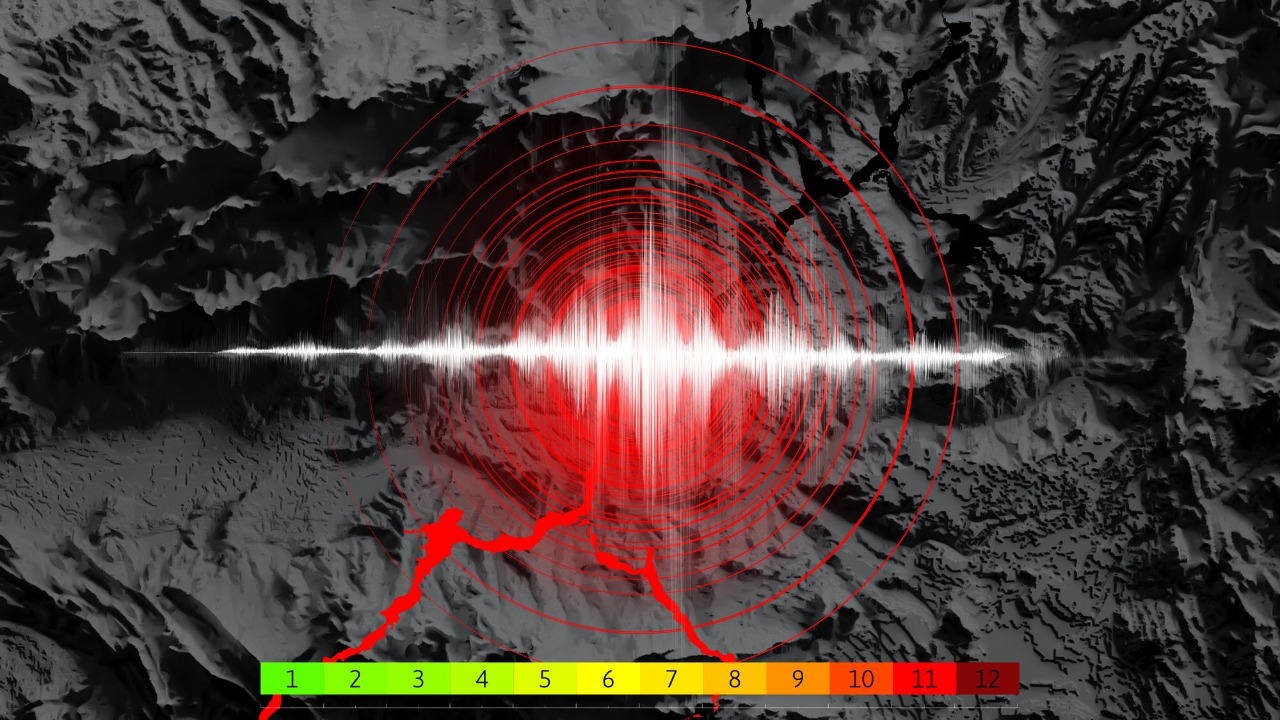
Recent advancements in Artificial Intelligence (AI) have enhanced earthquake detection capabilities by an impressive 800%. This leap forward in technology offers the potential for more accurate predictions and timely warnings, fundamentally transforming how we approach seismic activity.
The Role of AI in Seismic Monitoring
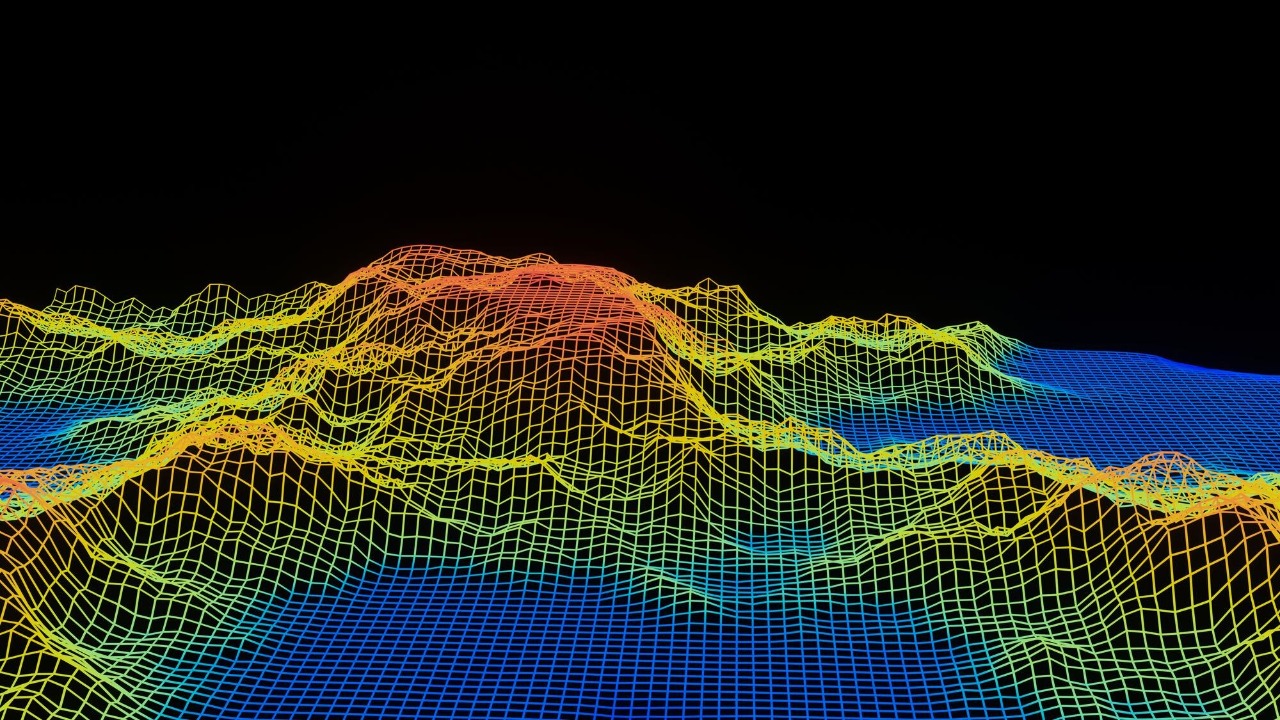
Traditional seismic monitoring relies heavily on physical seismometers and human interpretation. Seismometers, strategically placed around the globe, measure ground motions and vibrations, providing crucial data on seismic events. However, these methods often fall short in detecting smaller earthquakes and can produce false positives, leading to inaccurate or delayed warnings. The challenges lie in the sheer volume of data and the subtlety of seismic signals, which require significant human expertise to interpret accurately.
In contrast, AI algorithms and machine learning techniques offer a revolutionary approach to earthquake detection. These technologies can process vast amounts of data far more efficiently than traditional methods, enabling the identification of seismic patterns with greater precision. Neural networks and deep learning models, for example, can be trained to recognize the complex signatures of seismic activity, distinguishing between genuine earthquakes and other ground vibrations. By leveraging AI, researchers can enhance the detection capabilities of seismic networks, leading to more timely and accurate alerts.
Technological Innovations Driving the Improvement

The integration of AI with the Internet of Things (IoT) and real-time data processing marks a significant advancement in earthquake detection. IoT devices, such as smart sensors and connected seismometers, enhance data collection and transmission, allowing for a more comprehensive understanding of seismic activity. These devices provide continuous, real-time data streams that AI systems can analyze instantaneously. The impact of real-time analytics is profound, enabling early warning systems to issue alerts with unprecedented speed and accuracy.
Recent advances in AI algorithms tailored for geophysical data have further propelled this technological leap. Innovations in deep learning and pattern recognition have led to the development of models that are exceptionally adept at interpreting seismic data. For instance, a study highlighted how machine learning models accurately predicted aftershocks following significant earthquakes, showcasing the potential of AI in real-world scenarios. These case studies underscore the transformative potential of AI in improving earthquake monitoring and response.
Benefits and Implications of Enhanced Earthquake Detection
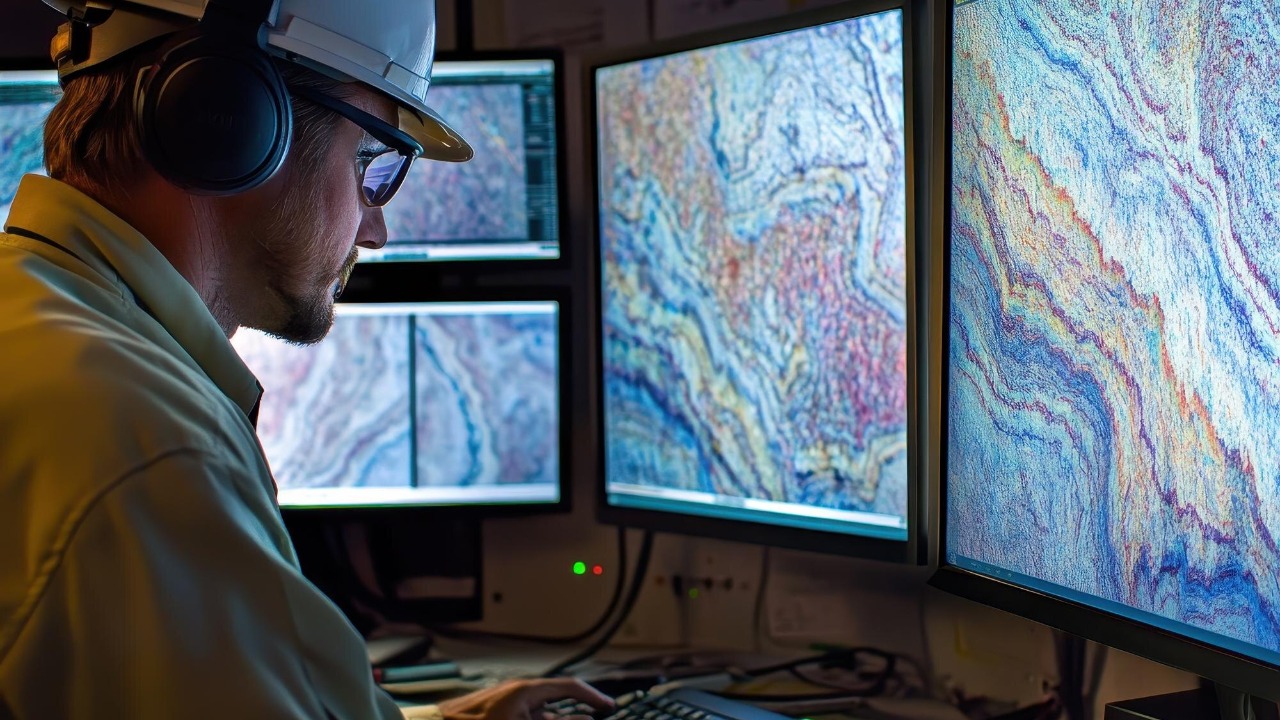
The improved accuracy and speed of AI-driven earthquake detection offer numerous benefits. By reducing false alarms and missed detections, AI systems enhance the reliability of earthquake alerts, providing crucial time for emergency services to respond effectively. This increased precision aids disaster preparedness strategies, allowing for more efficient evacuation plans and resource allocation during seismic events. Furthermore, the ability to predict smaller earthquakes, which often precede larger ones, enhances the overall resilience of communities in earthquake-prone areas.
In the long term, the societal and economic impacts of enhanced earthquake detection are substantial. By minimizing earthquake-induced damages, AI technologies have the potential to save billions in economic losses. The improved early warning systems contribute to enhanced public safety, boosting confidence in authorities’ ability to manage seismic risks. As AI continues to evolve, its role in mitigating the consequences of earthquakes will likely become even more pronounced, leading to safer, more secure communities.
Challenges and Considerations in AI Deployment
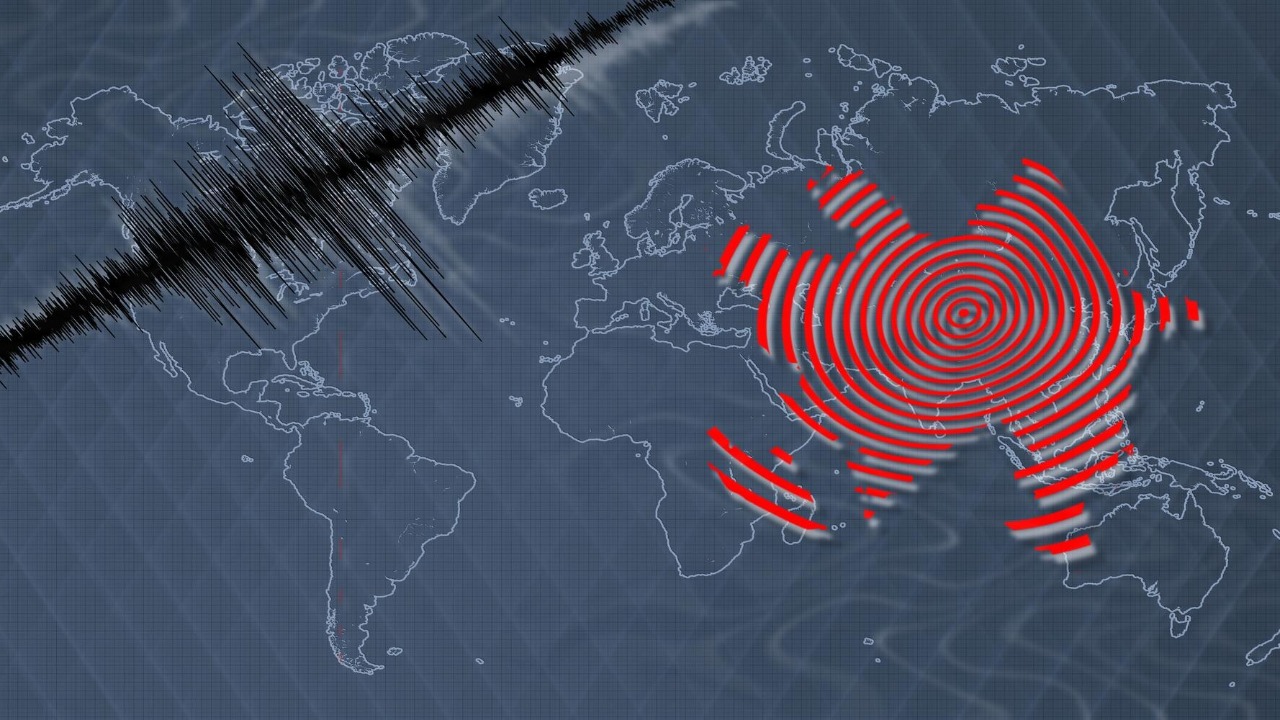
Despite the remarkable advancements, deploying AI in earthquake detection presents certain challenges. Ethical considerations, particularly regarding data privacy, are paramount. Ensuring the security of sensitive geophysical data and the ethical use of AI technologies is crucial for maintaining public trust. Balancing technological advancement with transparency and cooperation is essential for the successful integration of AI into seismic monitoring systems.
Technical challenges also persist, highlighting the need for continued research and development. Current AI models, while highly effective, have limitations that must be addressed through interdisciplinary collaboration. Enhancing the accuracy and robustness of AI algorithms requires ongoing efforts from geophysicists, computer scientists, and engineers. By fostering collaboration across these fields, the potential of AI in earthquake detection can be fully realized, paving the way for further breakthroughs.
Future Prospects and Research Directions
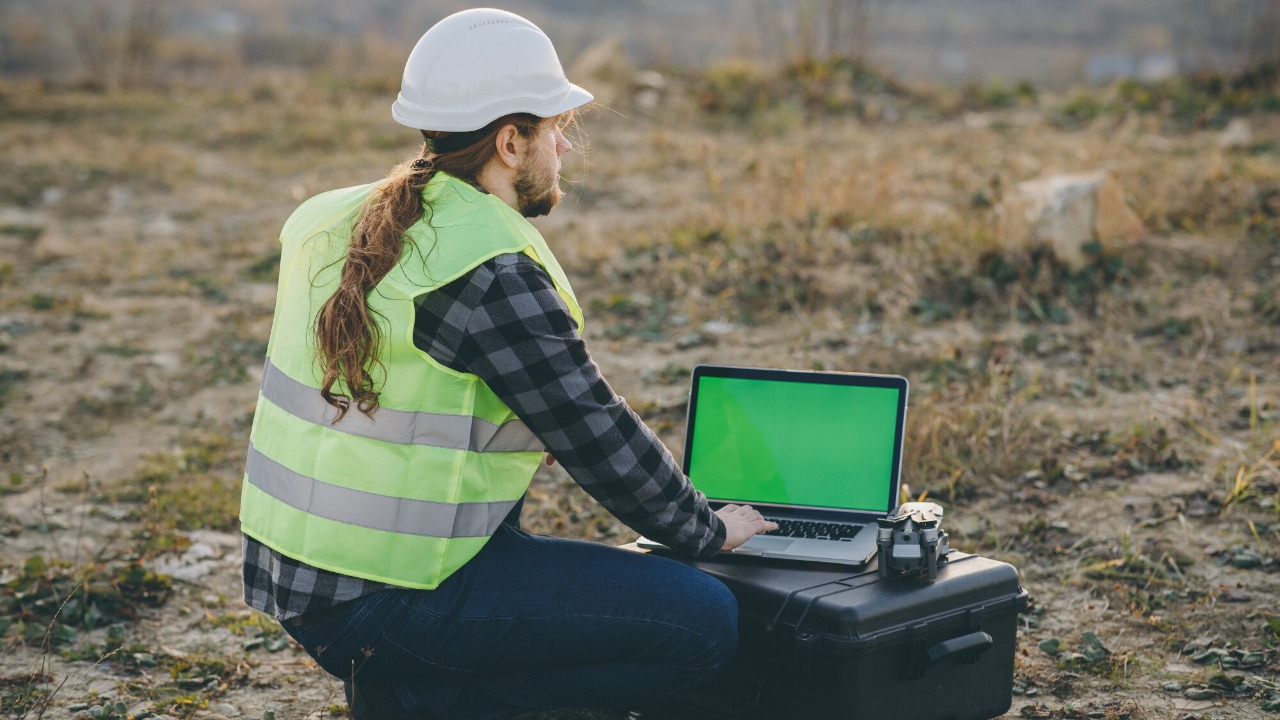
As research in AI-driven earthquake detection continues, several promising avenues are emerging. Ongoing studies aim to refine AI models, focusing on improving their predictive capabilities and adaptability to different seismic environments. International collaboration plays a critical role in advancing earthquake monitoring technology, facilitating the sharing of data and expertise across borders. By working together, researchers can develop more comprehensive and accurate models, enhancing global seismic monitoring efforts.
Looking ahead, the vision for a global seismic network powered by AI is becoming increasingly feasible. Such a system would unify seismic monitoring efforts worldwide, leveraging AI to provide a cohesive and thorough understanding of seismic activity. This global approach could lead to predictive, rather than reactive, strategies, allowing communities to better prepare for and mitigate the impacts of earthquakes. With continued innovation and collaboration, the future of earthquake detection promises to be both exciting and transformative.